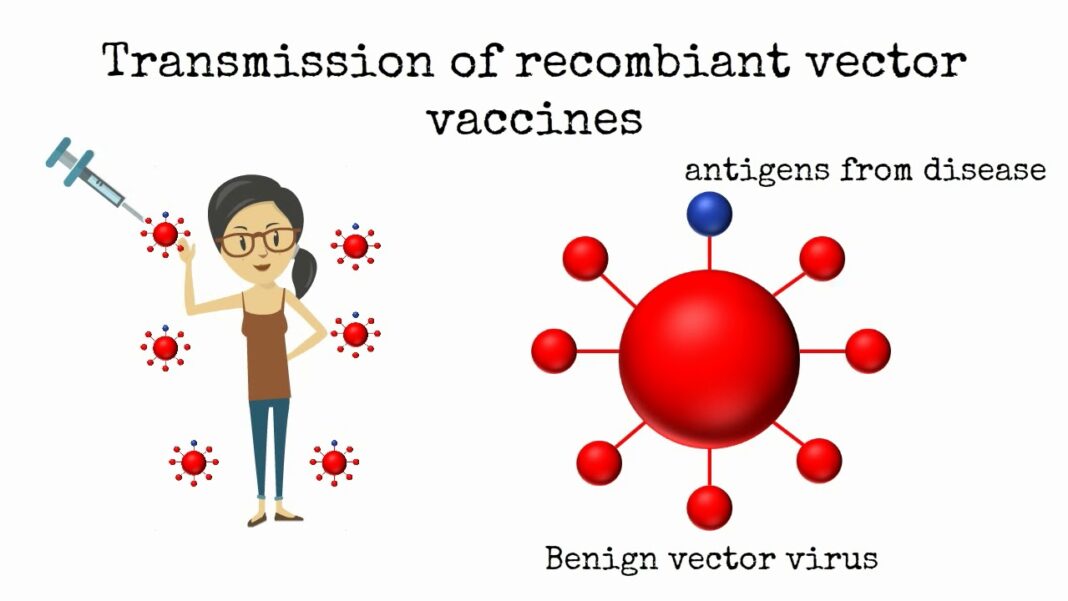Just like how people survive on food, cancer cells survive on sugar.
Around one century ago, Otto Warburg, well-known German physiologist, discovered that cancer cells are addicted to sugar.
Normal cells depend on oxygen for their growth. Cancer cells, however, grow by devouring large amounts of glucose, even in an oxygen-rich environment. This phenomenon occurs in as many as 80 percent of cancers.
The metabolic way cancer cells use sugar as an energy source is called glycolytic metabolism. This phenomenon is known as the Warburg effect.
Cancer Cells Consume 100 Times More Sugar Than Normal Tissue Cells
The metabolism and growth rate of cancer cells are much faster than normal cells, and their consumption of sugar is also faster than we can imagine. It can be said that cancer cells are constantly thirsty for sugar.
In a 2014 paper published in BMC Biology, American scientists showed that many cancer cells specifically choose glucose as their food and consume glucose 50 to 100 times faster than normal tissues.
Cancer cells desperately absorb sugar and consume it rapidly in order to grow, multiply, and spread rapidly.
Sugar can produce carbohydrates, proteins, and fats, which to cells are like bricks, cement, and insulating materials with which to build homes. In addition, sugar also makes DNA and RNA for cells as their genetic blueprints.
Inspired by the Warburg effect, scientists have further developed a new way to diagnose cancer— positron emission tomography (PET).
It works by injecting the patient with a contrast agent (usually fluorinated deoxyglucose) and waiting an hour or so for the fluorinated deoxyglucose to enter the body’s metabolic system, at which point imaging scans are taken. When the glucose is concentrated in a certain area of the body, the image of that area will become brighter.
For example, when a patient is examined for pancreatic cancer, a normal pancreas does not light up on PET scans. However, when parts of the pancreas become brighter, it means that cancer is present.
By HEALTH 1+1






